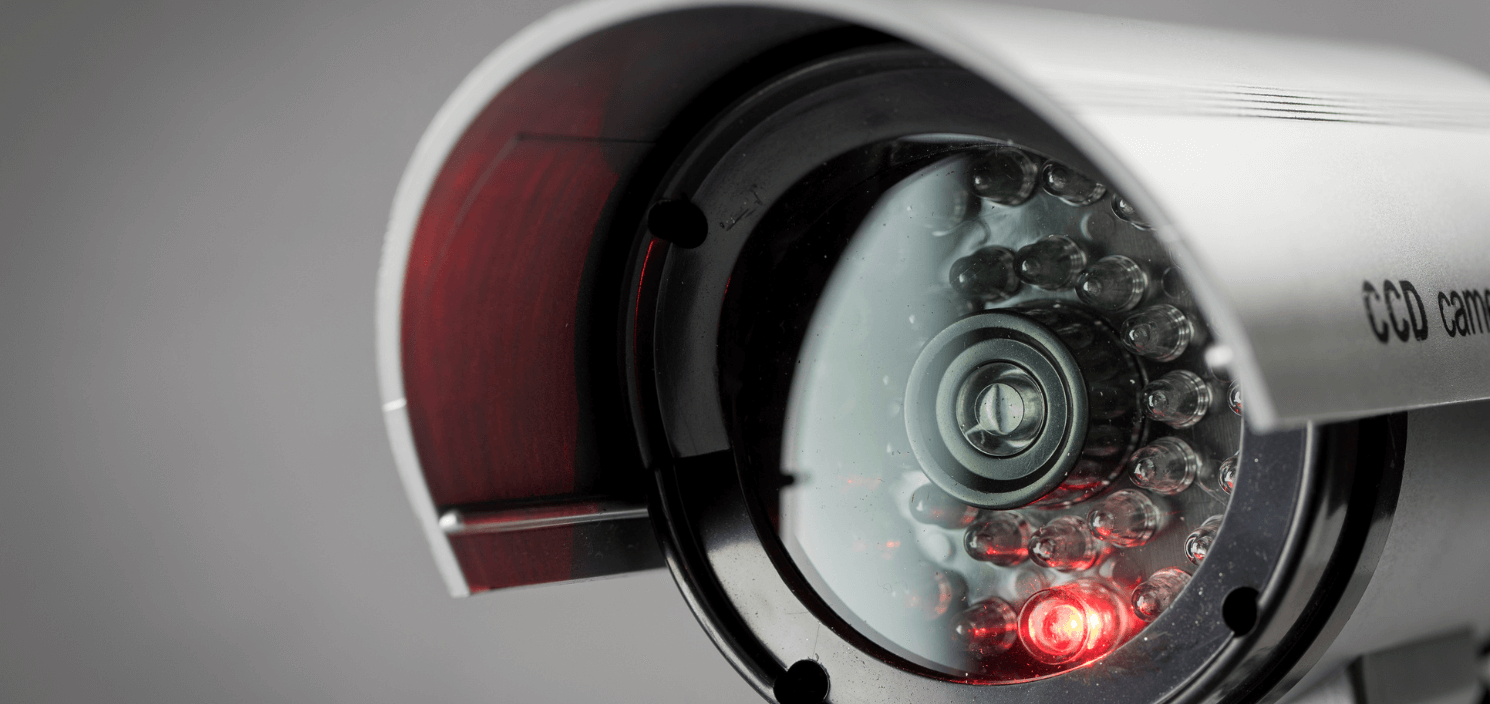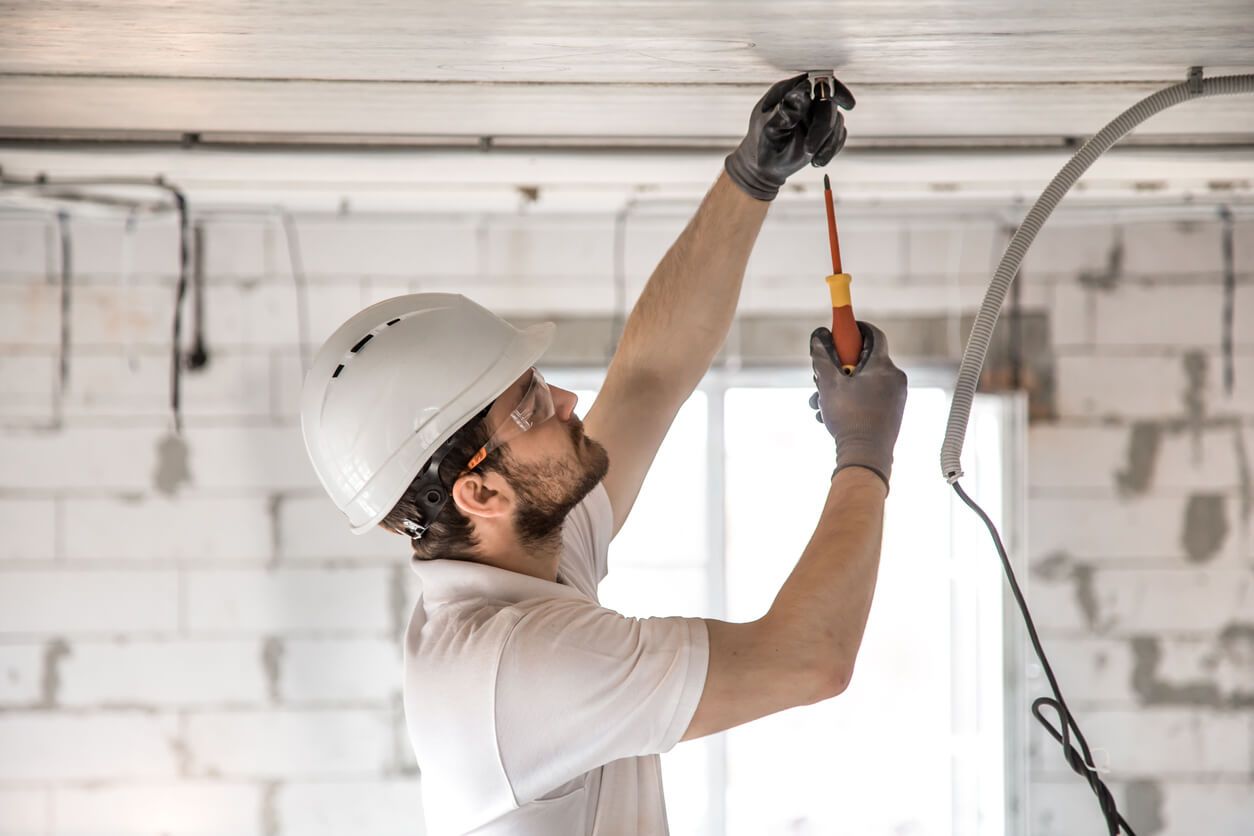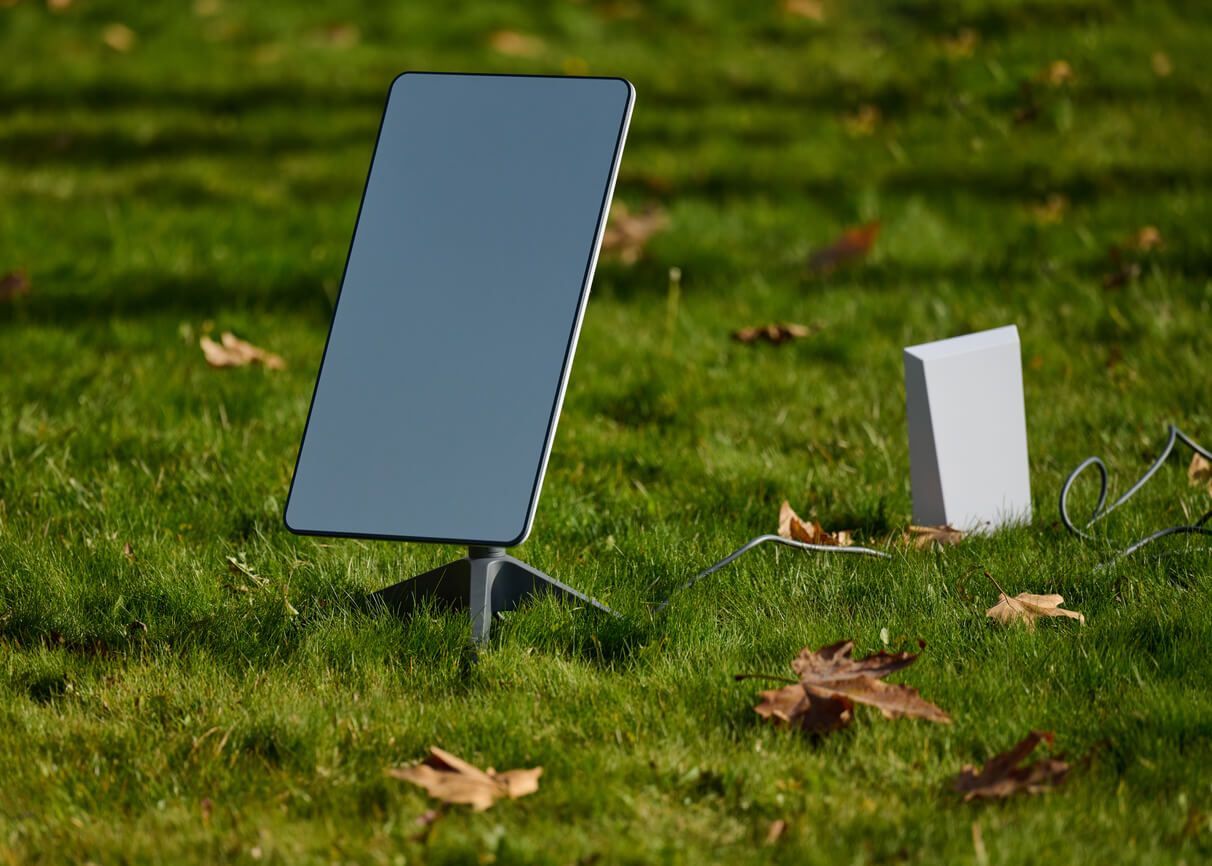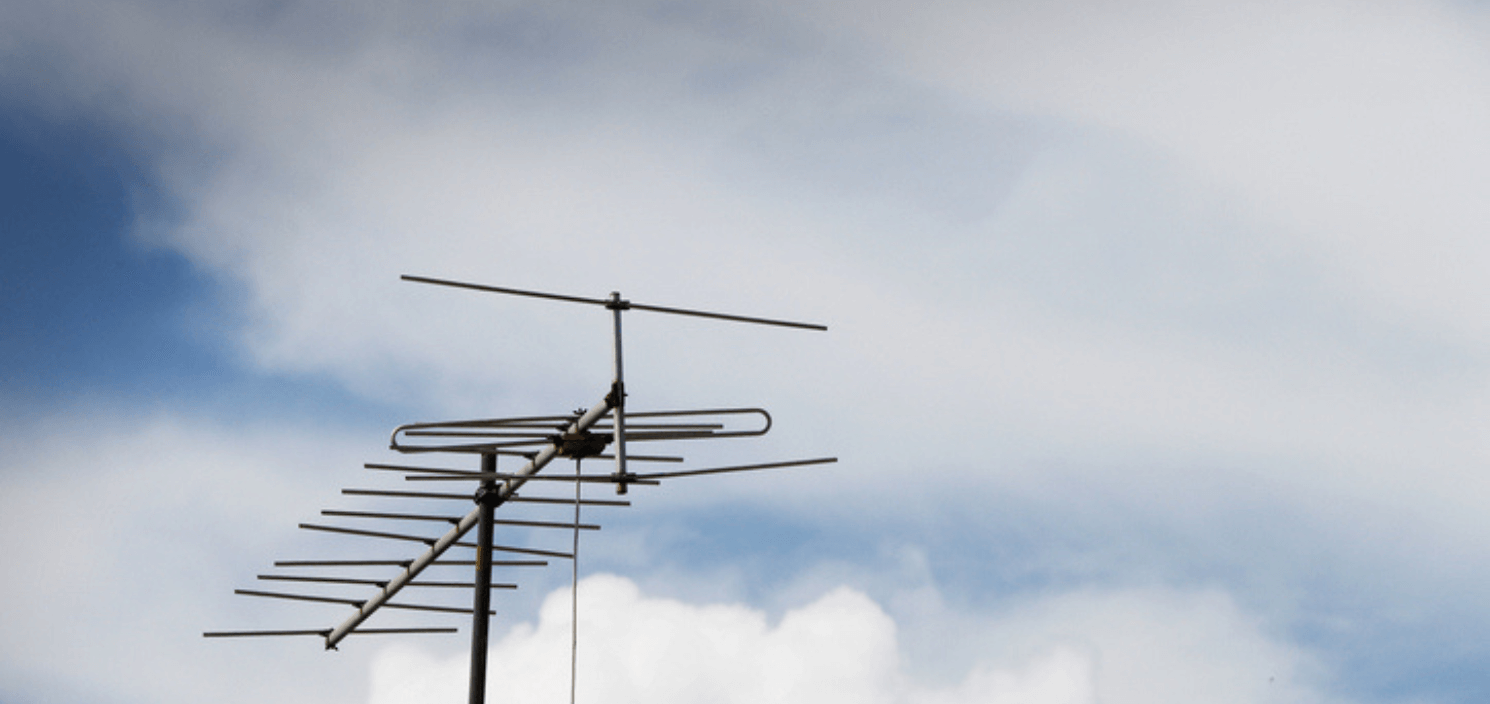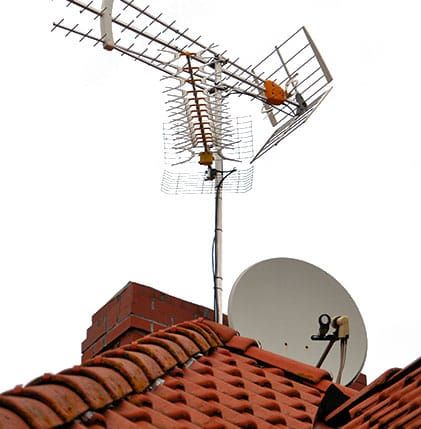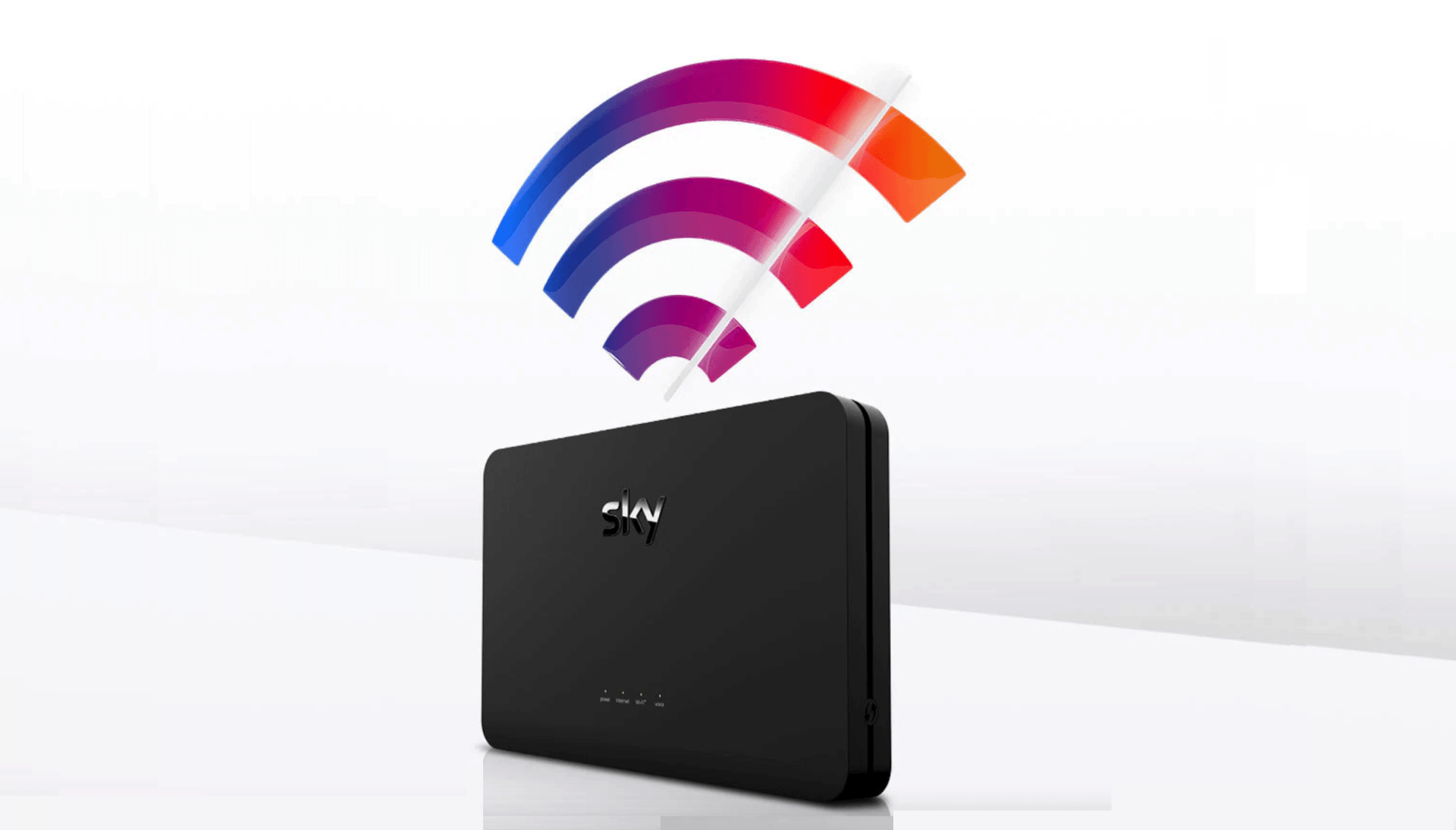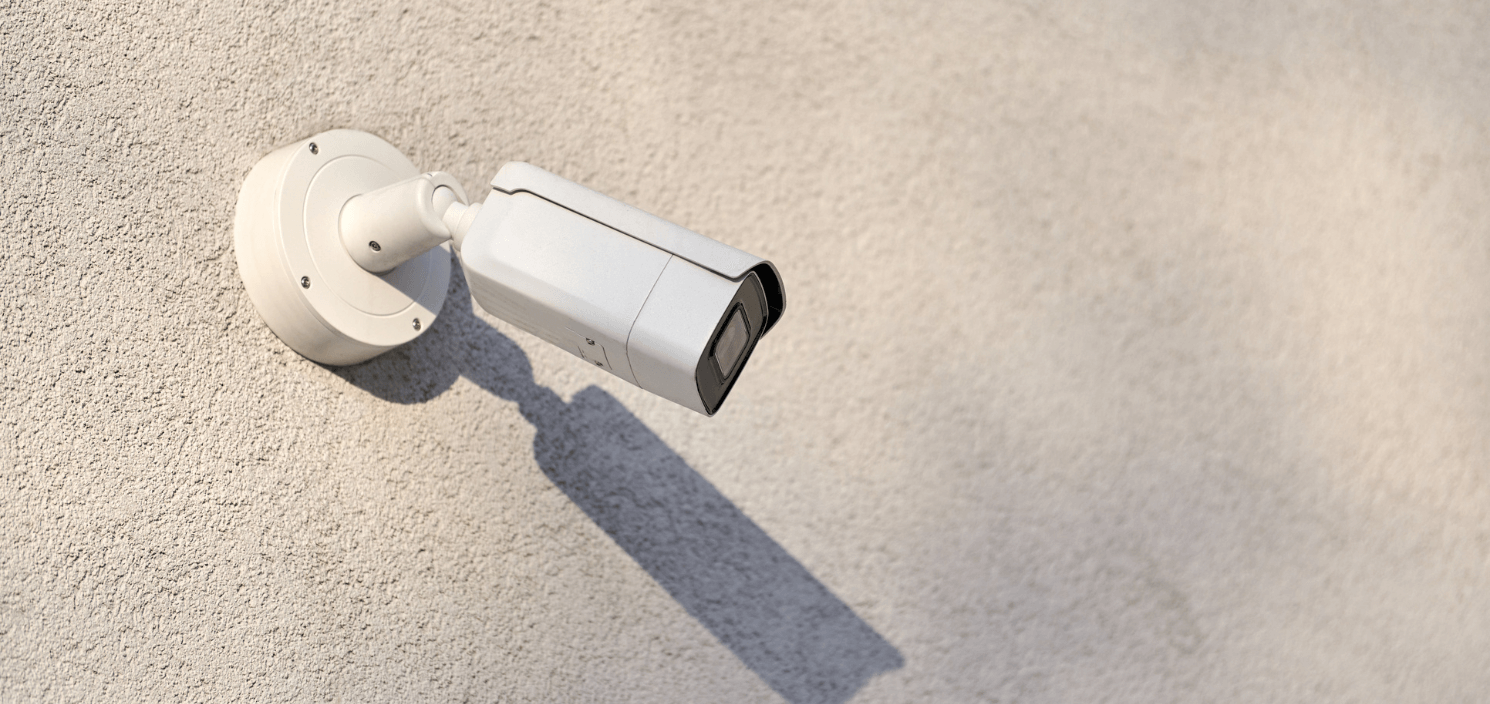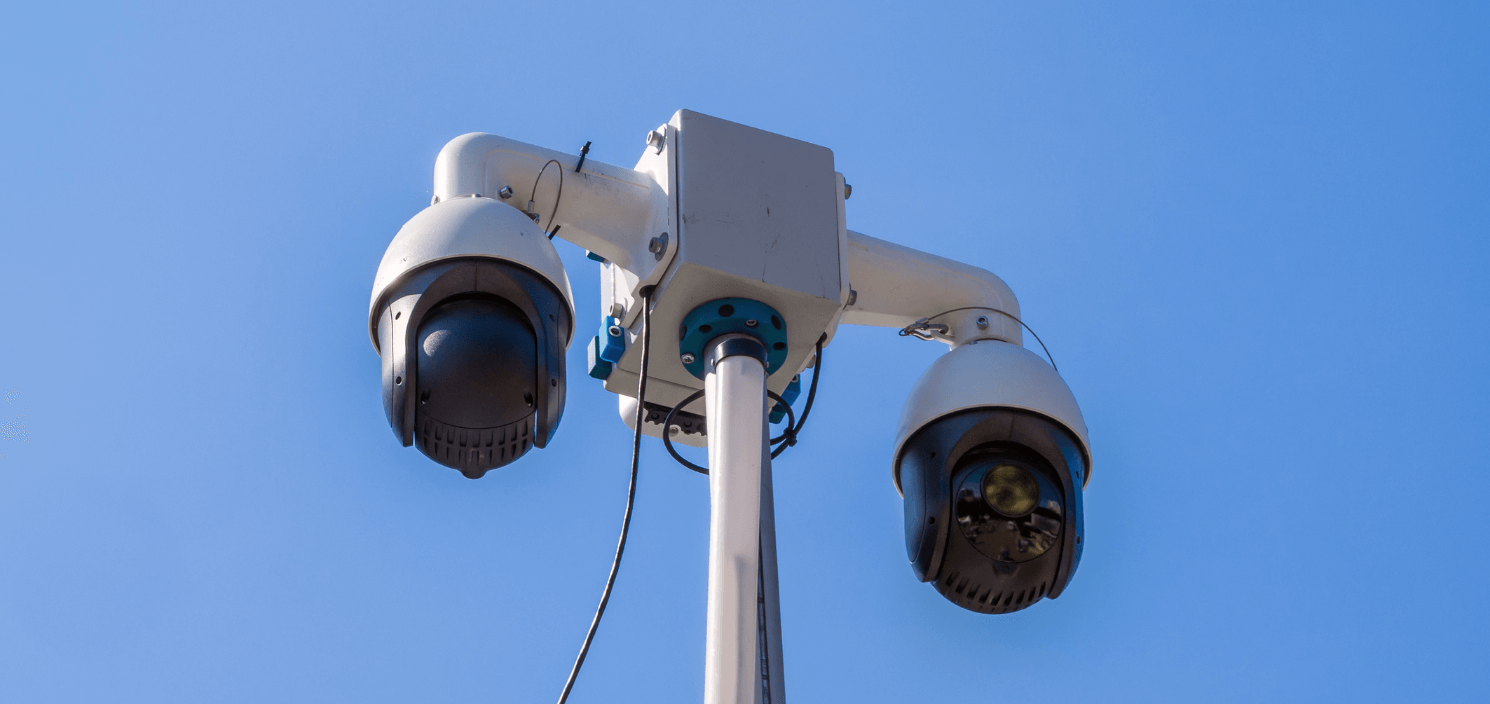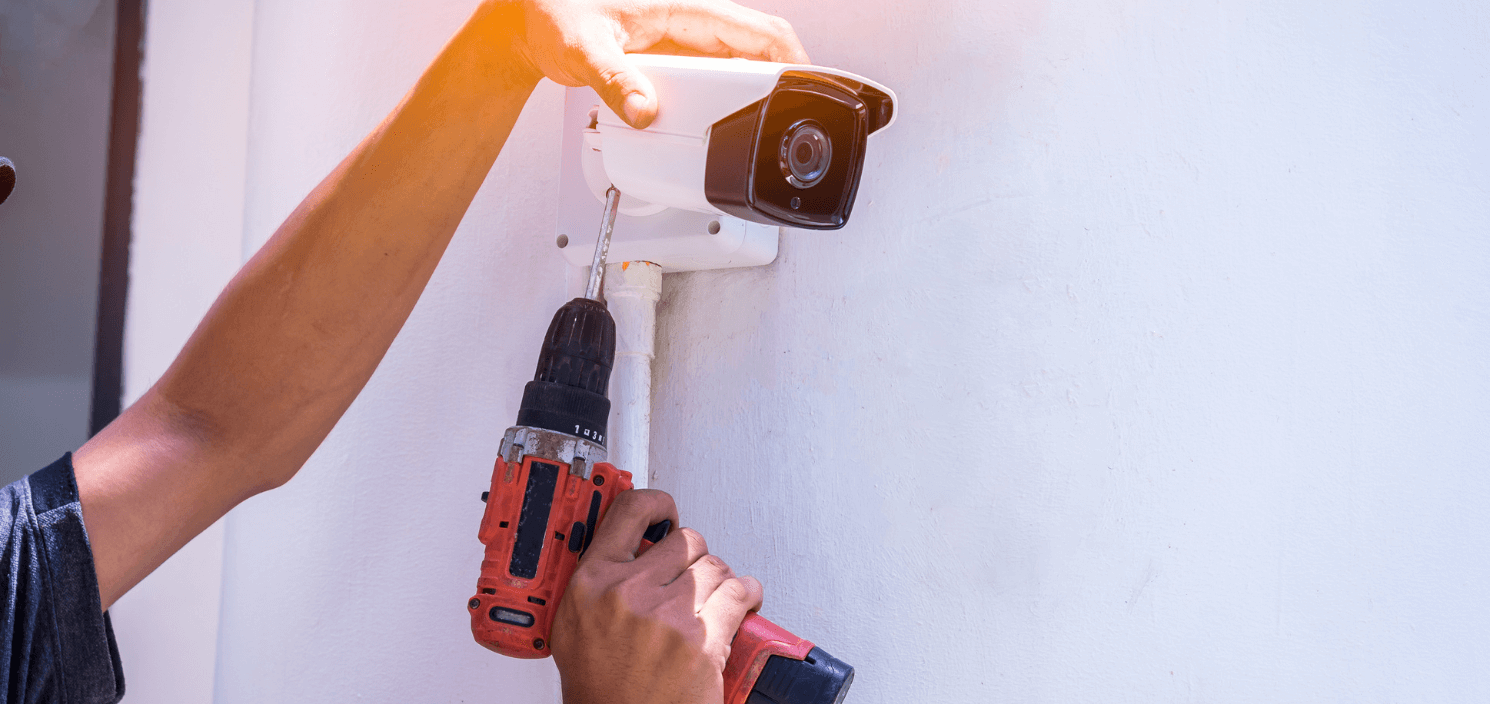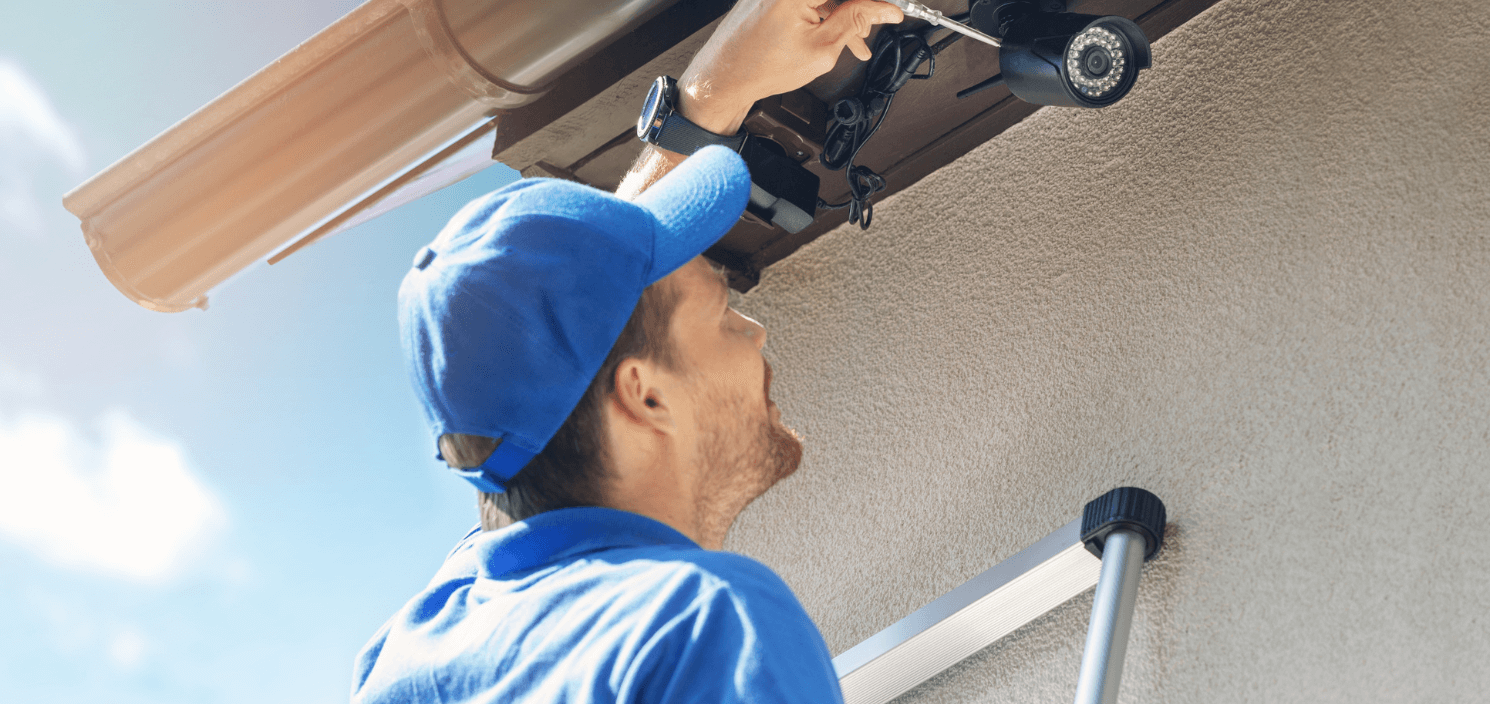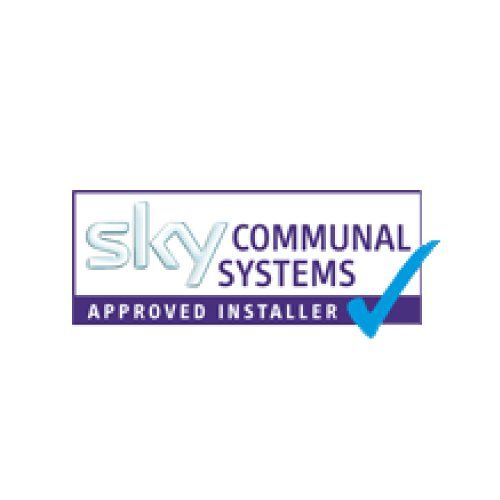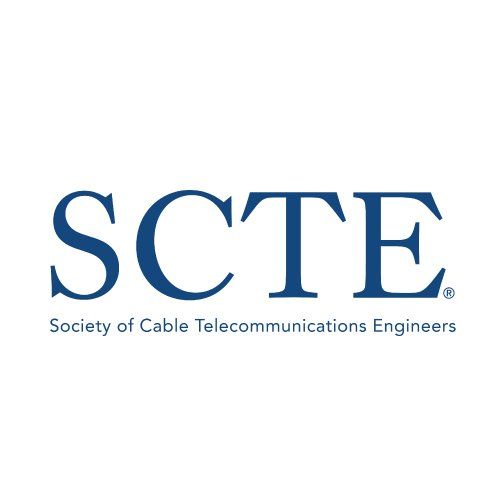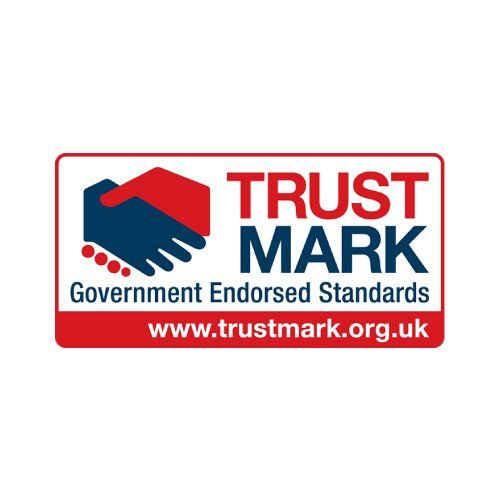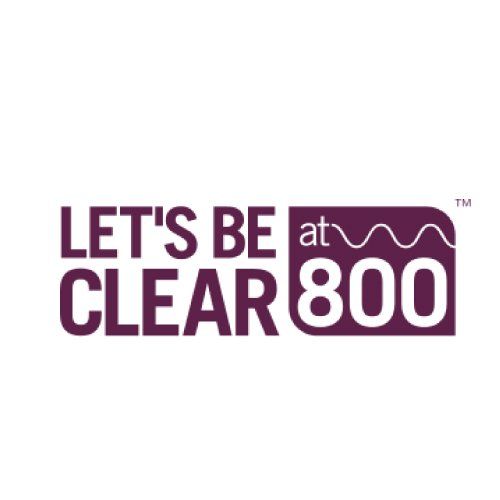How to Hide Cables After Television Wall Mounting
You’ve done the hard part: your television is mounted flush to the wall. Now comes the moment that separates a professional finish from a regrettable DIY compromise, the cable concealment.
Concealing cables is a fundamental safety and compliance issue, and it is far more than an aesthetic concern. Successful Television Wall Mounting is only complete when the wiring disappears. We move the conversation immediately from a clean finish to electrical integrity and fire prevention.
This expert guide covers the only safe, creative, and compliant solutions for a truly invisible result.
1. The Absolute Rule: Power Cords and Safety
Is it safe to run my TV power cord inside the wall? The answer is an immediate and absolute no. This is the non-negotiable step that separates an AV consultant from a DIY mistake. This rule takes effect the moment your Television Wall Mounting is finished.
The power cord supplied with your TV is a flexible appliance lead. It is explicitly forbidden from being run inside a wall cavity. Doing this violates both manufacturer warranties and, more importantly, strict adherence to BS 7671 electrical regulations. This mistake poses a serious fire hazard and, in the event of an electrical fire, will immediately void your home insurance policy.
We separate the two types of cables you must manage:
- Fixed Wiring (AC Power): This requires a certified, fixed electrical point (a spur or socket) installed inside the wall by a qualified electrician.
- Low Voltage (Data): This includes HDMI, Ethernet, Optical Audio, and other AV cables. These can be run through the wall cavity, but they must be protected inside non-metallic conduit to prevent chafing and ensure they can be easily replaced.
2. The Structural Reality: Drywall vs. Solid Walls
The concealment method depends entirely on what the wall is made of. This job requires an understanding of building structure.
Drywall (Plasterboard)
This is the easiest to work with. The wall cavity provides the necessary space to route low-voltage data cables.
- The Process: We cut small access holes (usually 3 inches by 5 inches) and fit brushing plates. We then run low-voltage data cables through protective non-metallic conduit inside the cavity, linking the source (e.g., your AV cabinet) to the TV. This is the most common setup following a standard drywall Television Wall Mounting.
Solid Walls (Brick or Concrete)
For solid walls, performing Television Wall Mounting concealment involves significant structural work. It is why many DIY attempts stop here.
- The Process: This requires chasing, meaning we cut a vertical channel (a chase) into the plaster and brickwork itself using a cutting tool. We then run the cables through the chase and must re-plaster and re-paint the channel. This work generates a significant amount of dust and mess.
3. The Three Levels of Professional Concealment
Achieving a flawless result after Television Wall Mounting requires one of these three approaches.
- Level 1: On-Wall Trunking
- What it is: A paintable plastic duct secured directly to the wall surface, running from the TV to the floor.
- The Pro Touch: We use slim, colour-matched trunking positioned in the least visible location (e.g., behind furniture).
- The Drawback: This defeats the primary reason for wall mounting, the invisible aesthetic. It detracts entirely from the effort put into Television Wall Mounting. We view this as a regrettable, functional compromise.
- Level 2: In-Wall Data Only
- What it is: Low-voltage data cables (HDMI, AV) run through a drywall cavity to brushing plates at the TV and floor height.
- The Pro Touch: This provides a clean aesthetic by hiding all data cables. We run all cables through non-metallic conduit for protection and replacement access.
- The Drawback: The power cable is still visible running into the back of the TV, or you must run it to a floor socket, still leaving an exposed cord.
- Level 3: Recessed Power & Data (The Mandate)
- What it is: The only solution that is compliant, safe, and truly invisible.
- The Pro Touch: We install a fused electrical spur point behind the TV and fit low-voltage data plates at the source point. The TV plugs directly into the compliant, fixed wiring inside the wall.
- The Drawback: This is the most costly and time-consuming job as it involves certified electrical work and plastering.
4. Futureproofing: Ensuring Long-Term Value
Will I have to cut my wall open again to upgrade my HDMI cables? This is the fear that drives a cheap job after your initial Television Wall Mounting service. Our solution ensures you never have to repeat the structural work.
Conduit and Pull-Strings
The most reliable solution requires non-metallic conduit and leaving a pull-string (a strong length of nylon cable or draw-tape) in the cavity.
- Longevity: When technology changes (e.g., HDMI 4.1 or a future standard), you simply tie the new cable to the pull-string and feed it through the conduit, from source to TV, without ever touching the wall structure. This protects your original investment.
What happens to HDMI cables when they're hidden in the wall?
Modern TVs demand high bandwidth for 4K at 120Hz or future 8K content. Standard HDMI cables often fail to transmit high bandwidth reliably over long distances. If you run a fixed, low-quality cable through a wall, you are locked into its technology forever.
We recommend using specialist AV installation-grade cables, such as HDBaseT-certified Cat6a or Cat7 cables, which are robust and can handle higher bandwidth over longer runs.
The Only Guarantee: Safety and Certification
When a professional installs a recessed power spur behind your TV, we are performing fixed electrical wiring work. This work requires strict adherence to BS 7671 standards and must be certified.
When we install a recessed power spur (Level 3), we provide a Minor Electrical Installation Works Certificate upon completion. This document is your non-negotiable proof of safety and compliance with UK electrical law. It also protects your insurance policy.
To ensure longevity and safety for your new Television Wall Mounting, do not compromise on the final electrical step. Book your AV concealment consultation with us today. We deliver the certified, genuinely invisible finish you deserve.
Call 0113 287 9000 or contact us online, to schedule your site assessment
